Isolation Distance
jimster
16 years ago
Related Stories

HOUZZ TOURSMy Houzz: Custom Everything in a Newfoundland Transitional Home
Being a woodworker has its advantages when you're building from scratch — this Canadian home fits the family beautifully
Full Story
APARTMENTSMy Houzz: Love Abounds in a Small London Flat
Wedding and travel mementos and soothing colors give this 560-square-foot home the feel of a cocoon
Full Story
KITCHEN ISLANDSWhat to Consider With an Extra-Long Kitchen Island
More prep, seating and storage space? Check. But you’ll need to factor in traffic flow, seams and more when designing a long island
Full Story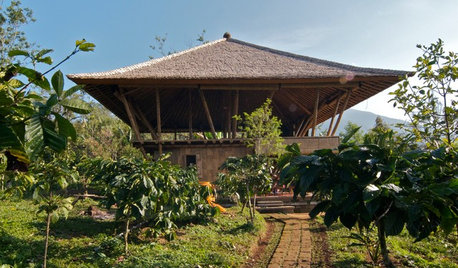
ARCHITECTURE15 Intriguing Homes Perched Above the Earth
Set on stilts, propped on pilotis or cantilevered into the air, these residences rise to the occasion
Full Story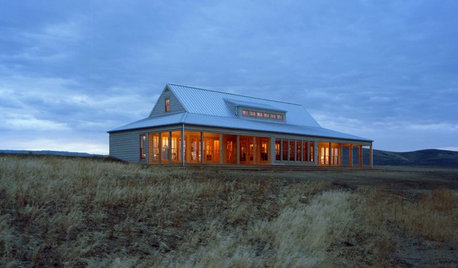
REMODELING GUIDESPhoto of the Week: Refuge on the Open Plains
A large ranch house in Eastern Washington embraces the solitude of the quiet prairie
Full Story
HOME OFFICESHome Offices: How to Set Up a Great Workspace for Two
See how to design a comfortable home office for both independent work and creative collaborations
Full Story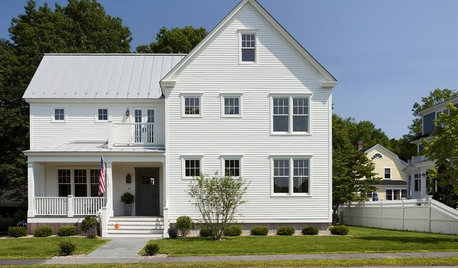
HOUZZ TOURSHouzz Tour: The Concord Green Healthy House
New home built for efficiency and flexibility finds its place in historic New England neighborhood
Full Story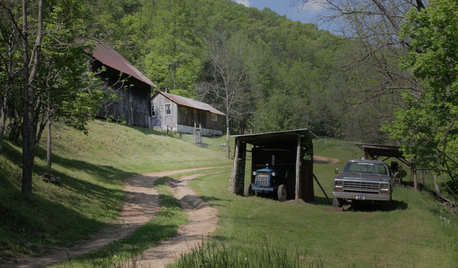
TASTEMAKERSNew Series to Give a Glimpse of Life ‘Unplugged’
See what happens when city dwellers relocate to off-the-grid homes in a new show premiering July 29. Tell us: Could you pack up urban life?
Full Story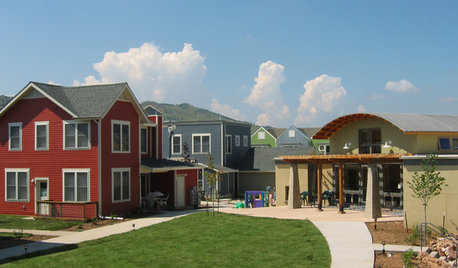
COMMUNITYTogetherness Take 2: Is a Cohousing Community for You?
Missing that sense of connection? Consider the new breed of neighborhood with a communal bent
Full Story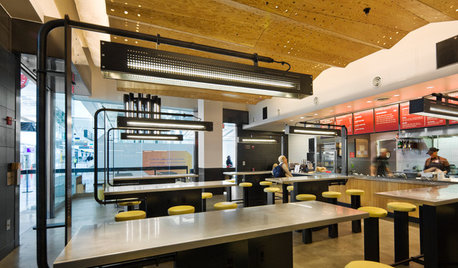
HOME TECHWhat Chipotle and Radiohead Can Teach Us About Sound Quality at Home
Contemporary designs filled with glass and concrete can be hostile environments for great sound quality. Here's how to fix that
Full Story





happyday
zeedman Zone 5 Wisconsin
Related Professionals
Windham Landscape Architects & Landscape Designers · Lyons Landscape Architects & Landscape Designers · Burlington Landscape Contractors · Salem Landscape Contractors · Springfield Landscape Contractors · Brookline Landscape Contractors · Coeur d'Alene Landscape Contractors · Hoover Landscape Contractors · Madera Landscape Contractors · North Potomac Landscape Contractors · Pomona Landscape Contractors · Clemmons Decks, Patios & Outdoor Enclosures · Detroit Decks, Patios & Outdoor Enclosures · Riverside Decks, Patios & Outdoor Enclosures · Troy Decks, Patios & Outdoor Enclosureshappyday
jimsterOriginal Author
happyday
jimsterOriginal Author
zeedman Zone 5 Wisconsin
happyday
zeedman Zone 5 Wisconsin
rodger
happyday
zeedman Zone 5 Wisconsin
rodger
jimsterOriginal Author
jimsterOriginal Author
happyday
zeedman Zone 5 Wisconsin
jimsterOriginal Author
rodger
zeedman Zone 5 Wisconsin
rodger
zeedman Zone 5 Wisconsin
happyday
rodger
zeedman Zone 5 Wisconsin
zeedman Zone 5 Wisconsin
jimsterOriginal Author
rodger
happyday
rohim_firdaus_yahoo_com
vegpatch
drloyd
wertach zone 7-B SC
vegpatch